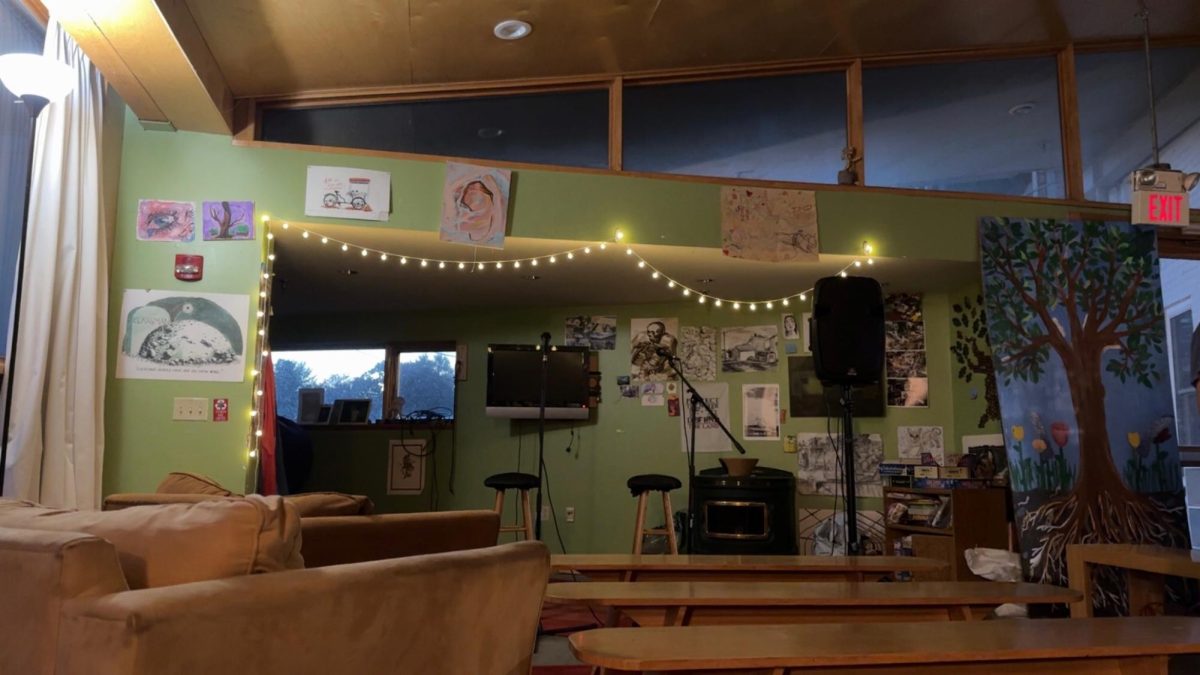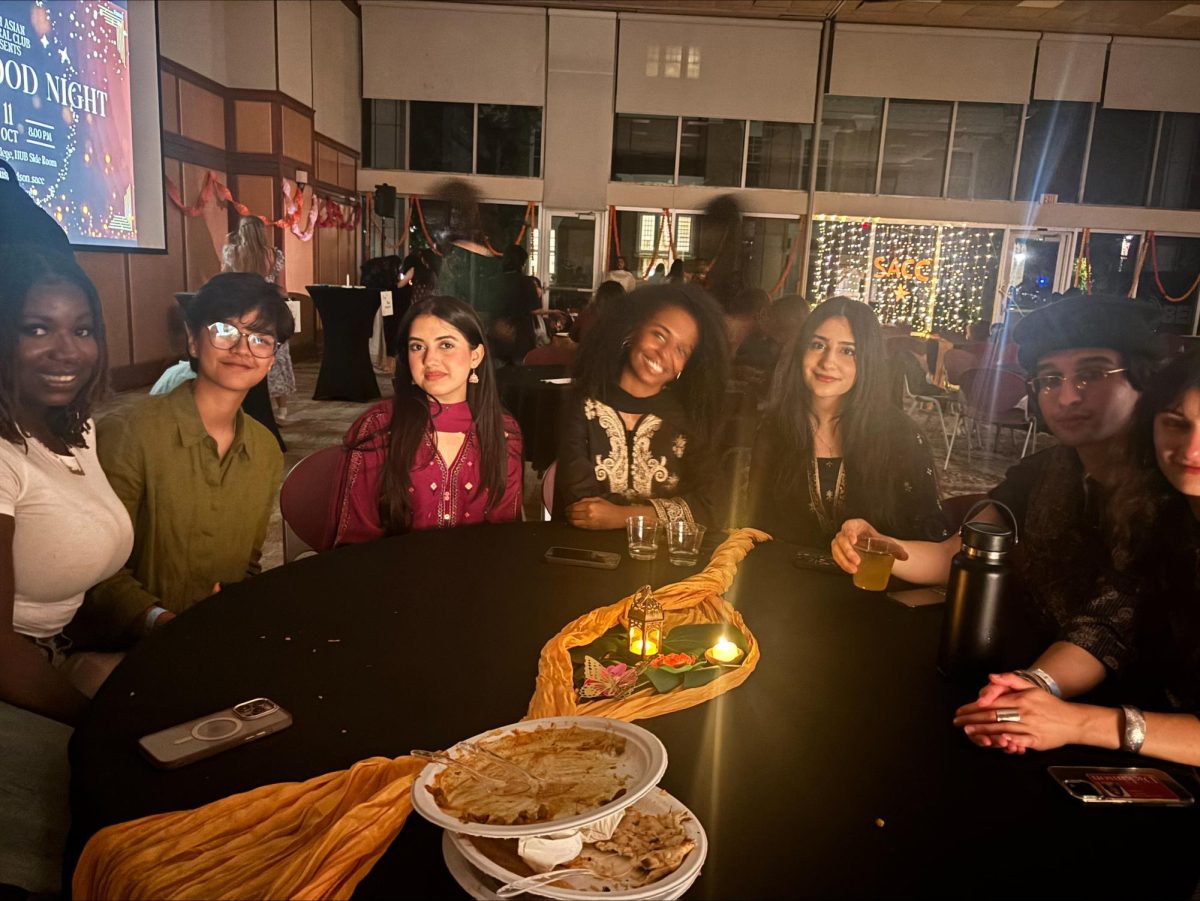Dickinson’s Center for the Futures of Native Peoples (CFNP) welcomed over 100 scholars, artists, students and community members to campus last weekend for an interdisciplinary conference centered around the history and legacy of the Carlisle Indian Industrial School.
CFNP’s Founding Director and Associate Professor of American Studies Darren Lone Fight said, “the need for a Symposium on the Carlisle Indian boarding school in Carlisle seems obvious.”
“In order to lead on a national conversation about the boarding school residential school and the legacies thereof,” he added, “we felt like it was really important because Dickinson is both proximal and it has a historical relationship with the Carlisle Indian School.”
The symposium featured academic presentations from some of the foremost scholars in Indigenous studies, panels on topics like Indigenous feminisms and the visual arts, and film screenings from Indigenous filmmaking collective ImagineNATIVE.
Frank Waln, a Sicangu Lakota rapper, educator and activist, capped off the weekend with a performance in Allison Hall on Saturday night.
The variety of presenters was intentional, Lone Fight said. “We’re trying to reach a broader audience and we want to be engaging. The modality of the storytelling itself has to encompass something broader than simply academic papers.”
Lone Fight is himself a highly interdisciplinary scholar. “It’s kind of multimodal because people are multimodal, right?” he said.
During the symposium’s closing remarks, Lone Fight announced his successor, Indigenous storyteller and scholar Amanda Cheromiah, who will be joining the CFNP in May from her current role as Assistant Senior Director of the Alaska Native Science and Engineering Program at the University of Alaska.
Before the symposium, Cheromiah told The Dickinsonian that in her new role, she is “looking forward to amplifying our narrative, our Indigenous narrative.”
For Cheromiah, the physical presence of the former grounds of the Carlisle school has played a major role in how she thinks about the future of the CFNP.
“I’ve been going to the barracks every day and it’s different every single time I go. When I’m there I think about, okay, how do I center myself? How do I ground myself here too as an indigenous person?”
She looks forward to her new role at the CFNP. “There’s so many pieces to the narrative, to the experience of learning about it,” she said. “So it’s all these strands that are forming together to form this really powerful narrative of our experience here and people coming here.”
The symposium served a dual purpose for Lone Fight. The CFNP brought together Indigenous scholars and artists from across the country but also featured undergraduate researchers from Dickinson and Gettysburg Colleges.
“We also have a broader mandate to expose college students in the community to various speakers, and leaders, and thinkers and creatives and so forth from Indian country,” he said.
As the center moves forward under Cheromiah’s leadership, the landscape of Indigenous studies at the college will continue to evolve. Both a major and a minor in Indigenous studies are in the works at Dickinson, with formal proposals coming soon.
They are simply meeting demand. “Dickinson College students have a lot of interest in Native studies,” said Lone Fight.
But Cheromiah’s vision for the future of the center is expansive. Not only will the CFNP hold the symposium annually, but she is also looking towards collaborations with K-12 educators and Indigenous artists.
Cheromiah summed up the path forward with a nod to the 1989 movie “Field of Dreams.” “If you build it,” she said, “they will come.”





